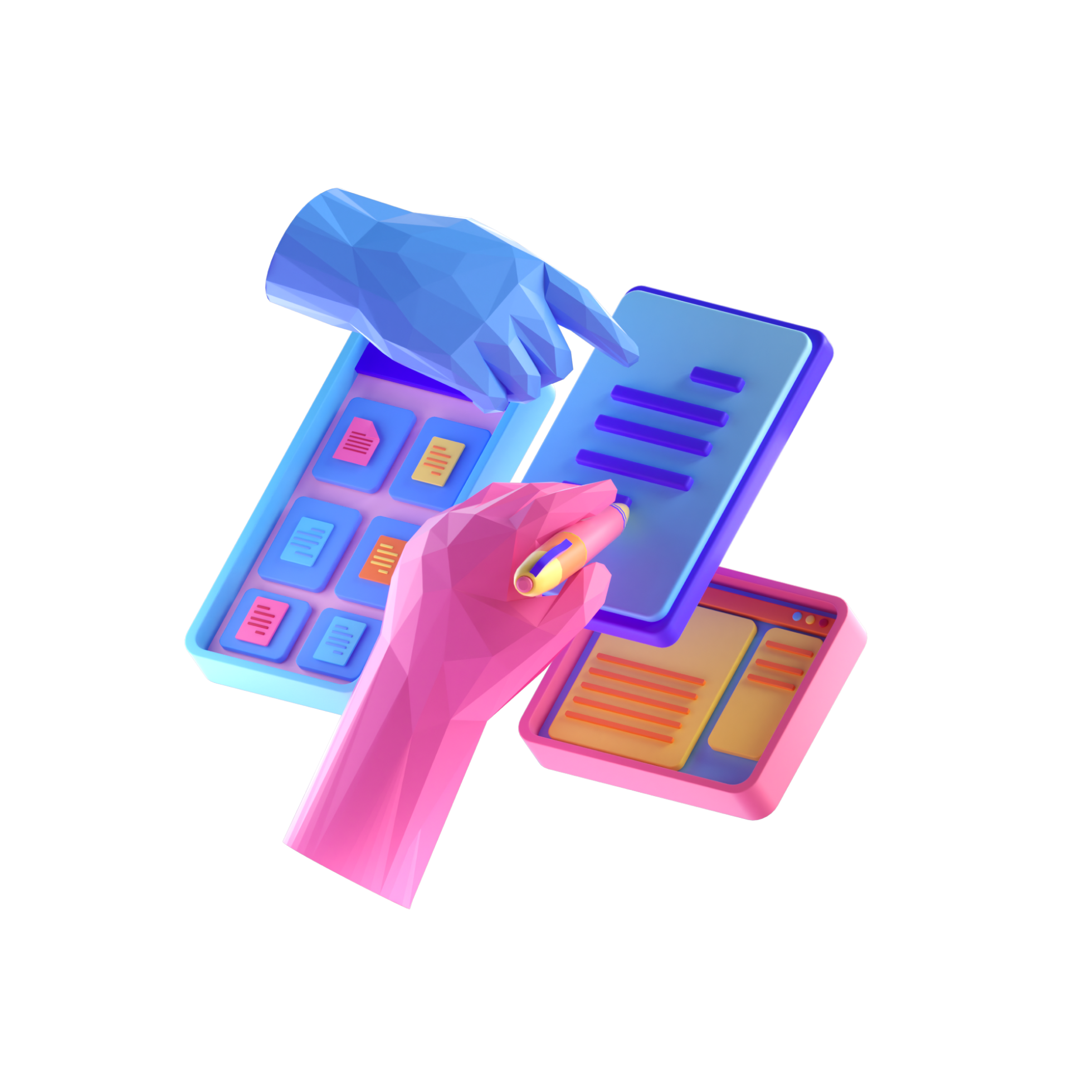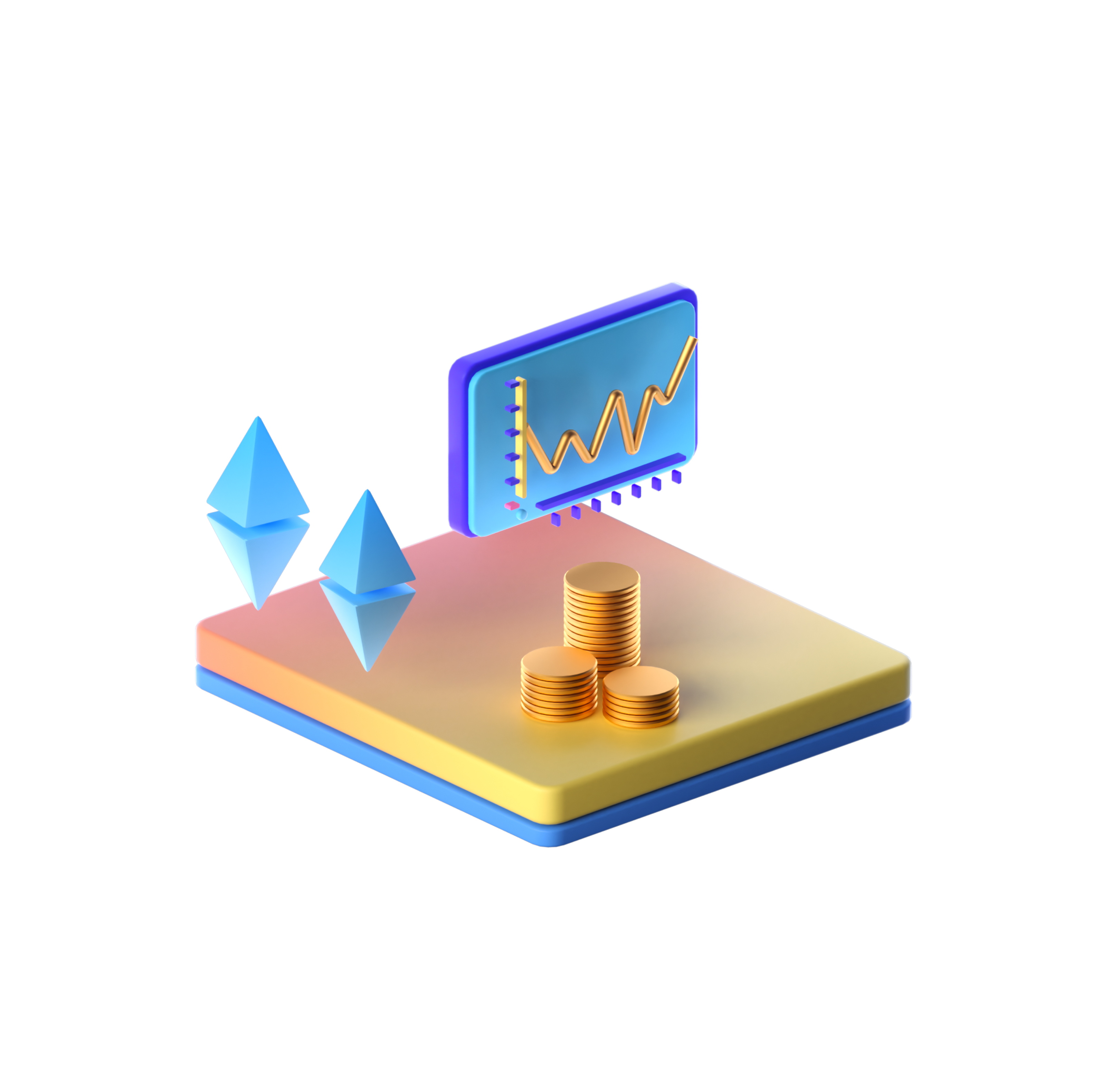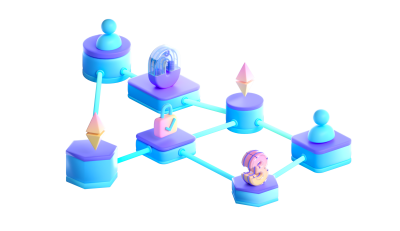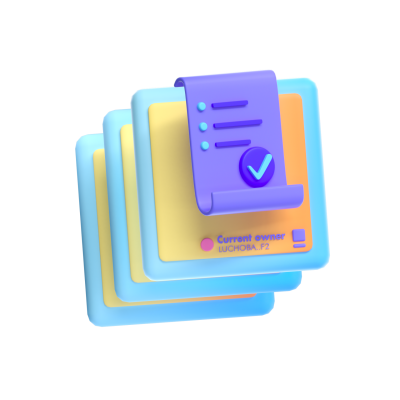Finance, Decentralized

The technological innovation of crypto has allowed us to create a new financial system which enables users to transact directly with each other and with a whole new ecosystem of products, services, and tools.
From lending, borrowing, earning interest and getting insurance to more complex financial instruments like derivatives and futures, there is an entirely new decentralized financial industry that offers an alternative to traditional financial systems, which are typified by profit-seeking and opaque processes. In this new infrastructure, the monetary system revolves around cryptocurrencies, and the financial system built using those currencies is called Decentralized Finance, or DeFi.
DeFi increases the scale, speed, and connectedness of our financial systems. It doesn’t keep “bankers’ hours”—closed on nights, weekends, holidays, and during natural disasters when money is needed most—it is available worldwide, all the time, to anyone with an internet connection. It has unprecedented levels of transparency and censorship resistance, allowing anyone to transact with it, audit it, and even build on top of it.

Running our financial systems on crypto-rails could also be much more efficient than our traditional system across a number of metrics:

Even though running a global blockchain network uses significant electricity, it still uses a lot less energy than physical currencies, bank branches, armored fleets, wire transfers, and the rest of the world's banking system. With Ethereum now using Proof of Stake, the network uses nearly ten thousand times less energy than Netflix.

Open ledger technology allows anyone to verify transactions, reducing fraud through transparency and automation that would be difficult or impossible using traditional siloed private systems. There are additional technologies being created that allow for this sort of verification to occur while leaving privacy intact.

Although this is one of the oldest consumer propositions offered by crypto technology, its potential is still broadly untapped. Our world economy has become intensely globalized and interconnected across national borders and the benefits in time, money, and other efficiencies offered by cryptocurrency transfers across borders are waiting to be realized. From money being sent home by family members working abroad, to international student tuition, to huge transfers between corporations, crypto provides an internet-native payment channel.
DeFi is made up of a community of protocols: tools which have been created as public goods.
...Say what?
Let’s say someone comes up with a program (on Ethereum, programs are called smart contracts) that allows you to take out a loan. In DeFi, this would be called a “lending protocol”. These DeFi protocols work predictably, as programmed, no matter who’s accessing them, with total transparency into their usage through the blockchain record. Once that lending protocol is published, anyone could use it to take out a loan, or even copy the code and make their own version. In this sense, it’s considered a public good: a resource for all of us.
Users generally interact with these DeFi protocols through their website, or dapp, by connecting their MetaMask wallet and giving the dapp access to their tokens.
Because protocol code is openly available, there are scams and clones of prominent DeFi projects that will trick you to access your wallet. It’s important to be sure that you’re interacting with the dapp you mean to, and that you know where you’re putting your tokens.
Through intense innovation surrounding these protocols, DeFi is said to have created several primitives: fundamentally new types of financial tools now available to us.
Some popular realms of DeFi activity built with these protocols and primitives include:
- Swapping
- Transferring one token for another (example ETH for DAI)
- Liquidity Pools
- Providing liquidity for users to swap between tokens
- Arbitrage
- Ensuring stability in token prices across marketplaces
- Loans
- Users participate both as lenders and borrowers
- Bridging
- Sending and receiving assets to and from other networks
- Yield-bearing tokens
- DeFi assets that provide some form of rewards on top of ordinary asset-holding
- Staking
- Depositing tokens to secure a network, or earn interest
Because of the proliferation of tokens and uses for them, the ability to exchange one token type for another is essential to engaging with DeFi, and Web3 as a whole. This is called swapping tokens, and is a fundamental DeFi primitive.
The good news for those just learning about all this is that MetaMask has a Swaps feature built into the wallet, and it works really well.
Finance, Decentralized
 01
01DeFi, or decentralized finance, is Web3’s financial system made of cryptocurrencies and the different things you can do with them
 02
02DeFi is made up of protocols, which are projects built with open-source software running on blockchains, known as smart contracts
 03
03Value transfer, and participation in different parts of the Web3 ecosystem, is performed by swapping one type of token for another. A convenient way to do that right from your wallet is by using MetaMask Swaps
Ready to take the next step?
Explore MetaMask